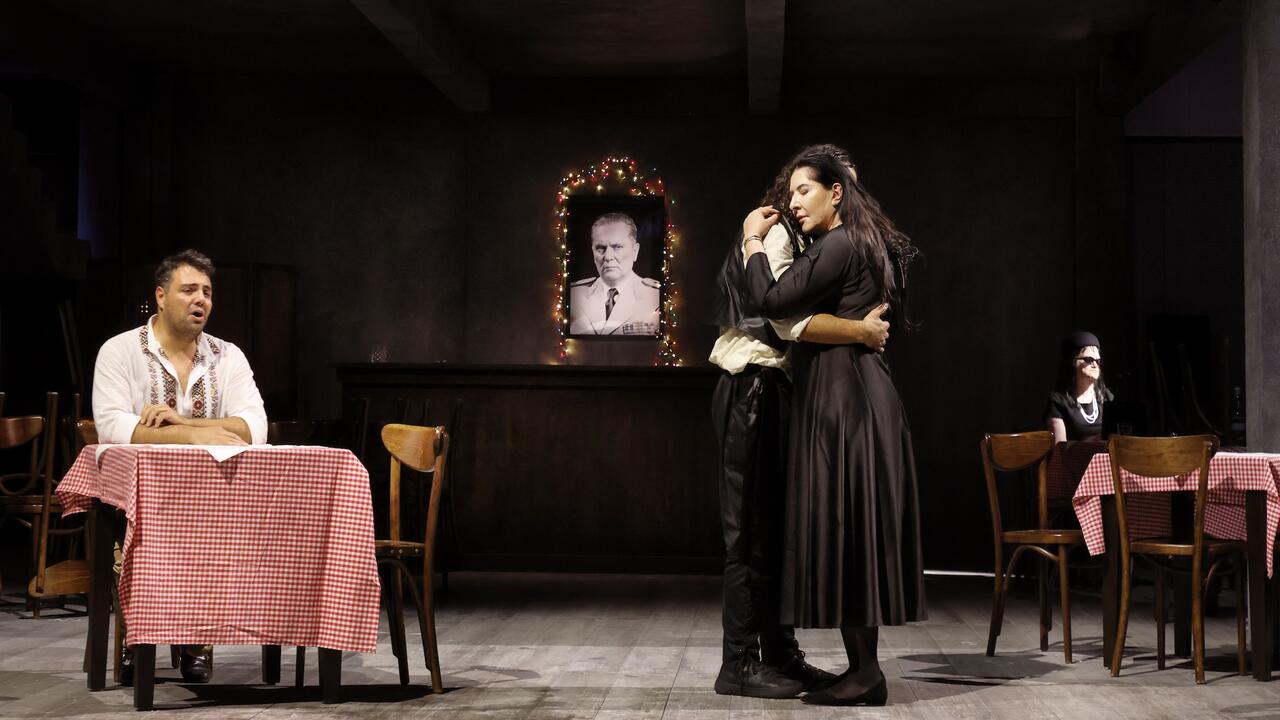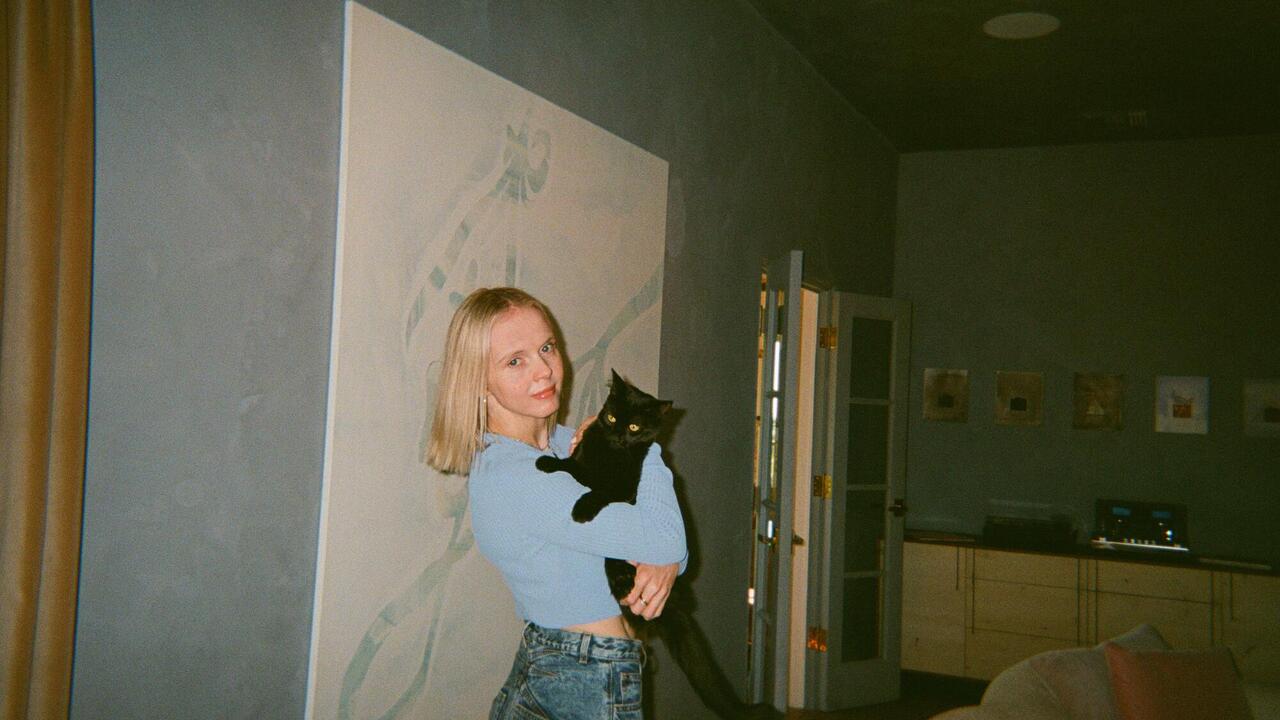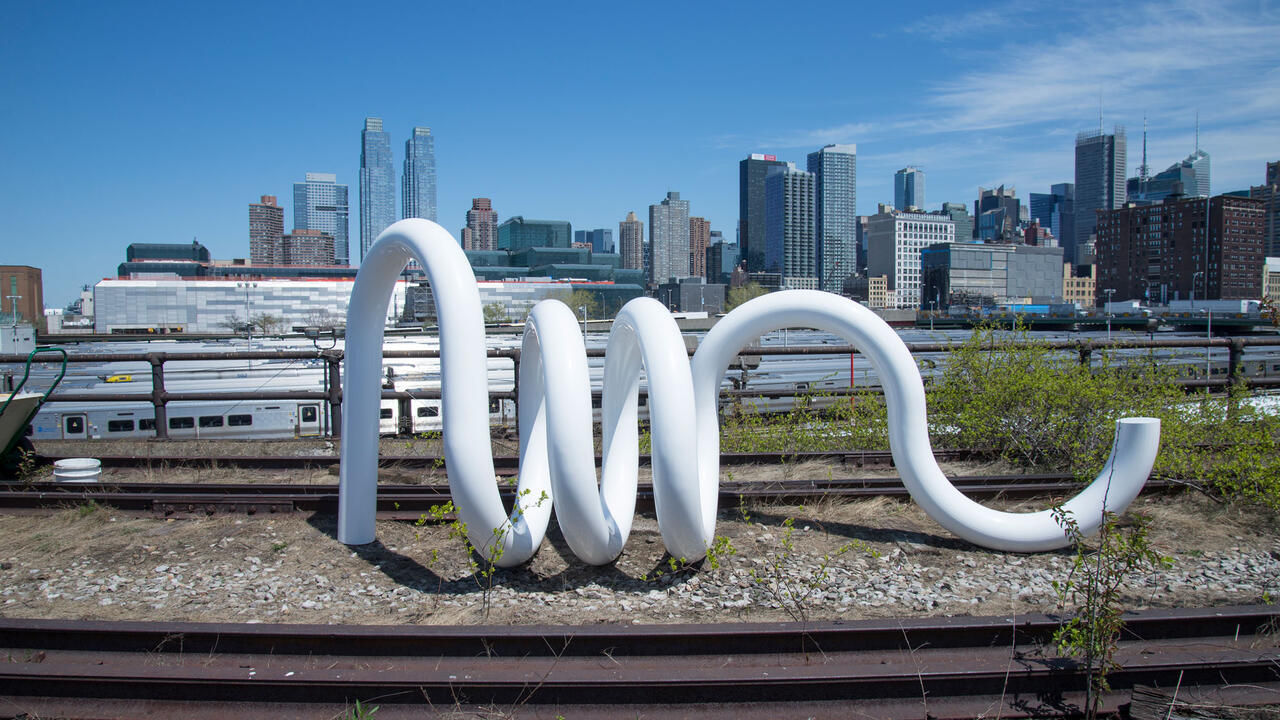Live Work
This year has seen a resurgence of interest in the remarkable performances of Tehching Hsieh, who has been making art for more than 35 years
This year has seen a resurgence of interest in the remarkable performances of Tehching Hsieh, who has been making art for more than 35 years

In retrospect, it’s not surprising that I knew about the extraordinary work of Tehching Hsieh even before I became involved in the contemporary art world: his performances were situated beyond its boundaries. Born in 1950 in Nanjhou, Taiwan, the artist moved to New York in 1974 and worked from an isolated position outside institutions or galleries between 1978 and 1986, when he made five year-long performances. For the first performance he lived in a cage; then he decided to punch a time clock every hour on the hour; then, to live only outdoors; for the fourth year, he was tied to the artist Linda Montano with a two-metre rope. The last of his year-long performances was ‘No Art’. He declared: ‘I not do ART, not talk ART, not see ART, not read ART, not go to ART gallery and ART museum for one year. I just go in life.’

Following this, on New Year’s Eve, 1986, Hsieh announced that for 13 years he would make art but not make it public. Since then, he has not made any art, and his works of the 1970s and ‘80s were eclipsed from public memory – hardly even mentioned in standard texts on Conceptual and performance art. In the last few years, however, this has begun to change; in terms of public exposure, 2009 has been a breakthrough for Hsieh. In New York, his One Year Performance 1978–1979 (the cage piece) was installed, cage and all, at the Museum of Modern Art, while the time clock piece, One Year Performance 1980–1981, was included in the exhibition ‘The Third Mind: American Artists Contemplate Asia, 1860–1989’ at the Solomon R. Guggenheim Museum. Out of Now: The Lifeworks of Tehching Hsieh, a major monograph by Adrian Heathfield and the artist that includes detailed documentation of all Hsieh’s work, was published by Live Art Development Agency in London and The MIT Press. As part of the Manchester International Festival 2009, the performance series ‘Marina Abramović Presents’ was dedicated to Hsieh. It seemed the perfect moment to catch up with him and find out how, beyond the sudden flurry of public interest, the artist himself now views his concise and powerful oeuvre.

Barry Schwabsky How did you first become interested in art, and what was it about it that interested you?
Tehching Hsieh I started painting when I was ten. But I painted more seriously from 18 to 23. I even painted my father’s portrait while he was dying.
BS What kind of art were you interested in at that time?
TH I knew about Cézanne, Van Gogh, Cubism, Surrealism and abstract painting. I heard only the names of Conceptual artists and Happenings without knowing their meanings. Taiwan was conservative; it had democracy but still had not much information from outside.
BS Looking at slides of your early paintings, it seems like there are elements of Expressionism and Constructivism in them.
TH Abstract elements.
BS Did you study formally? Did you have teachers?
TH I dropped out of high school. But I had a teacher who was a good painter. Most of the time I was looking for my way of expressing freely. Later, my paintings became simpler with less visual elements, more actions involved.
BS A record of the moment.
TH I began to take photographs but it was a continuation of my painting. Then I bought a Super 8 camera to document my actions. I used it to document the process where I exposed 100 sheets of photo paper one by one on the ground in a zigzag manner, then flipped all of them over from the first one; the photo paper turned dark sequentially while exposed under the sunshine. In 1973 I jumped from a second-floor window onto a concrete floor and had it recorded with the Super 8 camera. This became my first action piece.

BS How did you decide to switch from painting to action?
TH I felt painting was limited, my paintings became emptier, only the movement of hand is left, so I stopped painting and started doing actions.
BS When you did that jump piece, didn’t you think you would hurt yourself?
TH I knew it was risky, but I wasn’t sure in what degree I would be injured. I broke both ankles and have had pain ever since. I just had two operations in recent years.
BS What about Asian art? Did you have any interest in that?
TH I came to New York illegally as a merchant seaman in 1974 and most of my works are done here. I don’t think I’m part of Asian contemporary art. Certainly I came from Asia, but my influences were Dostoevsky, Kafka, Nietzsche, Camus’ Myth of Sisyphus, and my mother. My performance works are from my life experience, but they are not autobiographical: they are transformed.
BS How did you end up becoming a merchant seaman?
TH As Taiwan was tedious to me, I wanted to come to the art centre of the world – New York – yet at that time it wasn’t easy to get an American visa. The only means I could access was to be trained as a seaman and come to the US illegally. I jumped ship in the Delaware River, Philadelphia and did dishwashing and cleaning work in restaurants in New York for years. I went back to Philadelphia two weeks ago but couldn’t find the exact port.
BS And then you started to investigate the art scene?
TH Not right away. I was illegal, experiencing culture shock, had to stand washing dishes 12 hours a day, my ankles didn’t heal completely, and I was afraid of being caught by immigration officers. I was eager to do art but had no ideas to do any work. It was frustrating. I had a studio in Tribeca and I walked back and forth doing my thinking every day after work. One day all of a sudden I thought: what else do I look for? I don’t need to go out to find art, I am already in my work.
BS Already in your work?
TH Yes, the thinking process itself became a piece of work: the cage piece. It is an isolated piece with little impact from outside.
BS How important was it to document the piece? If thinking is really the essence of the work, there’s no document of it, only of the physicality of the action.
TH What I was thinking is not important; I passed the duration of one year by thinking. When the time passes, the piece is finished, what is left is document. Documentation is not art itself, it is a trace and evidence between the work and the audience.

BS This also brings up the question of what it meant that people could come to see you, as an audience. I first became aware of your work when you did the time clock piece. I was a student then, and a friend told me about your work. He was fascinated with what you were doing, and I became interested too. For him it was important to go and see you, but I never went, and somehow it never seemed necessary. It was enough to know about it.
TH Your friend was a witness; having witnesses is important for the work. For the audience, without being present, you knew it was a real happening and you could still get the concept of the work through your experience and imagination.
BS Our conversation was more about what the piece was than what he had seen.
TH There has to be at least one witness to spread the message, then two people will form a society and start the discussion.
BS Isolation in the midst of other people – is that where the rope piece comes from?
TH The rope piece is a relational piece. We were tied by a rope and stayed in the same room without touching for a year. There were always other people in my first three ‘One Year Performances’, but they were behind the scene; in this piece the Other became visible. I’d lived in a cage for one year. Why didn’t I live on a mountaintop like a monk? I did it in a city, because that turns it upside down. You’re closer to more people and more isolated.
BS You had to maintain the place you lived in even if you weren’t there.
TH I paid a friend to take care of my studio and all the chores while I was living outdoors for a year.
BS In doing these pieces were you seeking out suffering or boredom or other kinds of negative experience?
TH I’m not a masochistic person, I don’t emphasize pain. We can talk about suffering but then we have to talk about freedom. Or we can talk about freedom, but we also have to talk about discipline. There are many things interwoven.
BS Following those first four pieces, the last two really had to do with a kind of exit from art. First there was no art, but there’s an irony – a word you use a lot – because the whole year was art.
TH One year of time is the frame I set up for passing time. While having no idea, No Art became a piece of work, I just went on in life. After that piece, it wasn’t easy to go back to art; during the Thirteen-Year Plan, in 1991, I did a piece of work: Disappearance. I didn’t finish it; it is a failed piece.
BS Why couldn’t you disappear? In what sense didn’t you succeed?
TH I tried to go to Alaska, but just went as far as Seattle. I stopped half a year later. I could have finished it until the last day of the Thirteen-Year Plan, if only for the sake of art, and it could be a powerful piece. But I questioned myself. In Thirteen-Year Plan I was already in exile and Disappearance brought me further on this road of exile, I could not bear it. I could not do it only for art yet it was against myself. I don’t do art any more since 2000. Now I’m just doing life. I’m still thinking.
BS So in the thinking you’re doing now – is it still thinking with regard to the future possibility that you might make art again?
TH Thinking is a basic activity to continue life. I don’t do art any more. I don’t have other things to say.

BS That reminds me of John Cage’s statement: ‘I have nothing to say and I’m saying it.’ How do you occupy yourself now, since you’re not making art? Do you have some other work that you do to earn money? How do you survive?
TH I do presentations and exhibitions. My house, a two-floor building, was an abandoned loft and I fixed it up by myself with a helper. I rent out the first floor to a grocery store, this becomes my income.
BS That’s a real New York story. I noticed that Marina Abramović invited you to participate in the performance festival she organized in the UK, in Manchester. What did you do there?
TH Marina is so generous. She supports me always with a big heart. She invited me and my wife to go to the Manchester International Festival. I talked with Marina, I could not do any performance. She said, ‘Fine, just be there’. So I was just an audience.
BS In her statement about it, Marina referred to you as a master. When I read that, I thought to myself, ‘Yes, he’s a master’, but if someone asked me, ‘What is he the master of?’ I wouldn’t know how to explain it to them. What do you think the answer would be?
TH Marina is very kind. Maybe she thinks my work doesn’t get the recognition it deserves in the art world, that’s why she said that. Marina has done a lot of work to help the public know more about performance art.
BS One last question. What does it mean when you say something is a good work? In your eyes, what is a good work of art?
TH Good work is not a clear concept for me. The criteria could be very subjective. You have to be sincere to yourself, and feel satisfied with the work. Doing work itself is a reward, even if the outside world doesn’t accept your work.





















